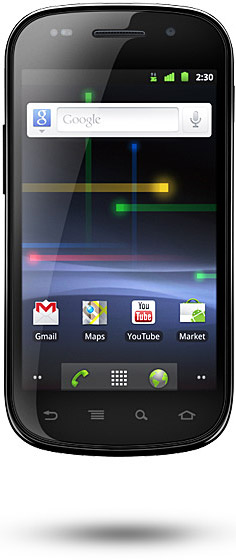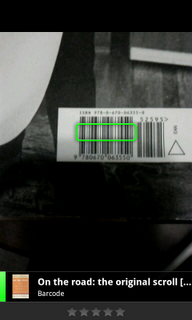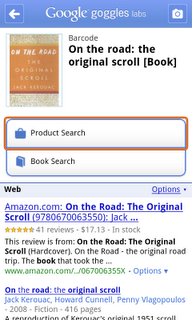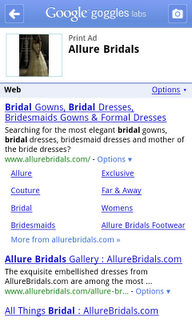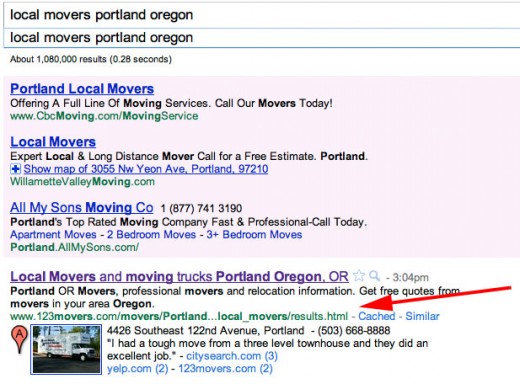Today we’re launching a new version of Google Goggles that’s faster and smarter than ever before. The new Goggles 1.3 client for Android can scan barcodes almost instantly. All versions of Goggles can now recognize print ads in popular magazines and newspapers. Finally, Goggles has also learned a fun new trick for Sudoku fans.
Barcodes
When shopping offline, it’s helpful to be able to learn more about a product by scanning its barcode. With the new Android version of Google Goggles, scanning barcodes is much faster. Open Goggles and hover over the barcode or QR code. Within a second the phone gently vibrates and presents results, without requiring a button press. Simply tap on the result to read product reviews, check in-store availability and compare prices.
Print ads in magazines and newspapers
We’re excited to take another step in our vision of connecting offline media to online media. The next time you’re flipping through the pages of your favorite magazine, try taking a picture of an ad with Goggles. Goggles will recognize print ad and return web search results about the product or brand. This new feature of Goggles is enabled for print ads appearing in major U.S. magazines and newspapers from August 2010 onwards.
This feature is different from the
marketing experiment that we announced in November. We’re now recognizing a much broader range of ads than we initially included in our marketing experiment. And when we recognize a print ad, we return web search results. While in the experiment, we return a specific link to an external website.
Sudoku
Our favorite weekend distraction is a quiet 15 minutes spent solving a Sudoku puzzle. But even that can be an frustrating experience if (like us) you make a mistake and are unable to solve the puzzle. Now, Goggles on Android and iPhone can recognize puzzles and provide answers to help make you faster than a Sudoku champ. So if you ever get stuck, take a clear picture of the entire puzzle with Goggles and we’ll tell you the correct solution. Check out this video to see how it works.
Google Goggles 1.3 with improved barcode scanning is available for download in Android Market. Recognition of print ads and Sudoku solver is now enabled for the Google Goggles app on Android, as well as the Goggles component of the Google Mobile App on iPhone.
